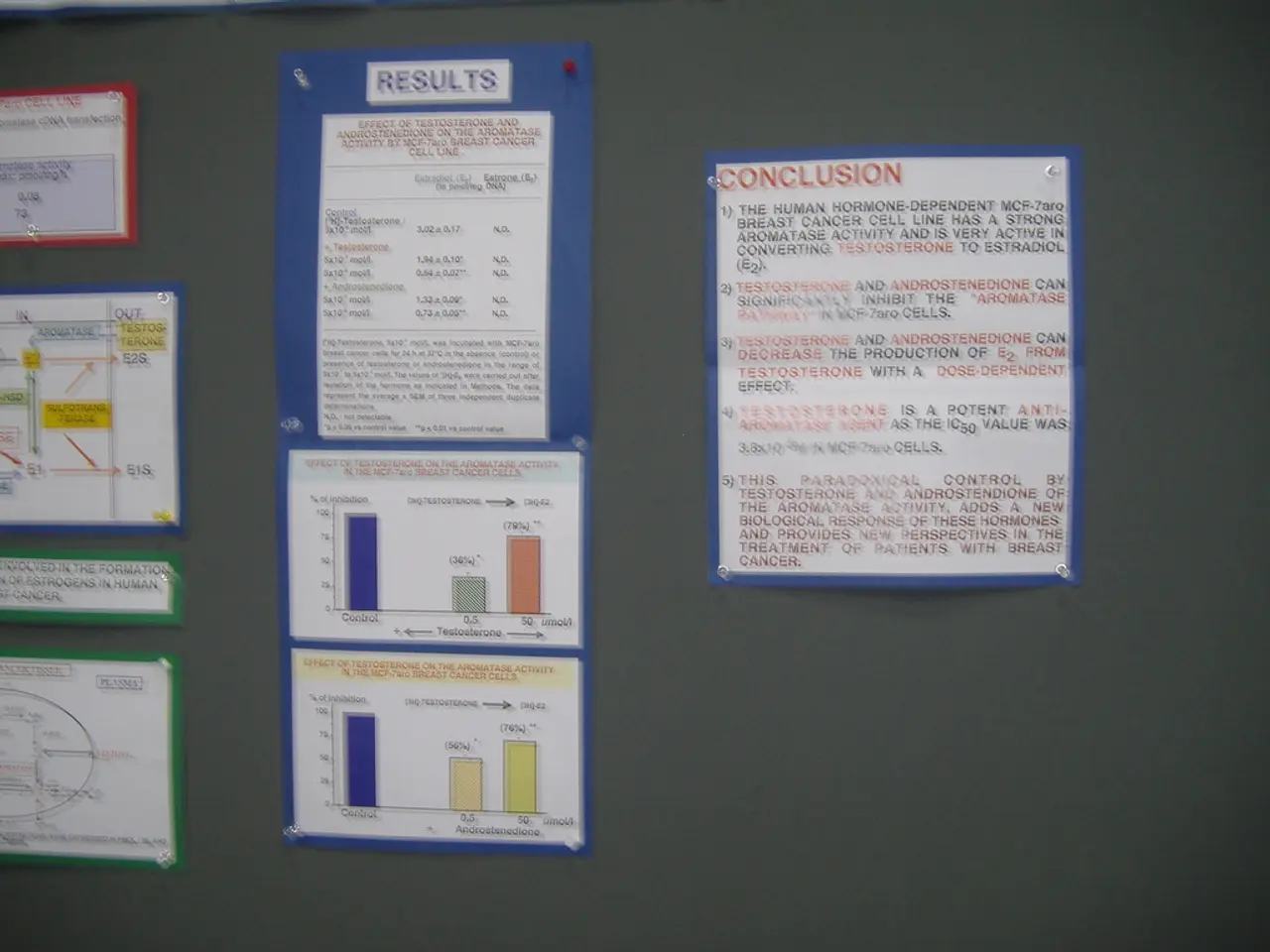A Forgettable Autumn and an Unforgettable Winter?
=====================================================================
In the tumultuous financial landscape of 2018, certain investment strategies stood out for their resilience and ability to provide better downside protection and diversification. These non-correlated protective strategies, such as market-neutral and defensive asset approaches, outperformed traditional hedge fund strategies during the market downturn.
In the Fall of 2018, a troubling month for equities surprised many hedge fund managers. As the market swung wildly, non-correlated strategies demonstrated their worth. For instance, the Canadian fund Picton Mahoney’s market-neutral mandate produced positive returns (+2.12%) in 2018 when equities were down, boasting a much higher Sharpe ratio and lower volatility than benchmarks.
Market-neutral strategies, which aim to profit from relative stock performance while minimizing net market exposure, showed remarkable resilience during the downturn. On the other hand, defensive or "defense-first" asset strategies, often emphasizing low correlation assets like gold, commodities, and currencies, generally weathered the storm better than equity-heavy approaches. These portfolios demonstrated better risk management and acted as valuable diversifiers, their relatively low correlation to traditional portfolios helping to reduce portfolio drawdowns during turbulent periods.
Compared to traditional hedge fund strategies, which often rely on directional exposure or systematic macro bets, these non-correlated or market-neutral approaches reduced downside risk more effectively by not being tethered directly to equity market moves.
While traditional 60/40 stock-bond portfolios, generally resilient due to the negative correlation between stocks and bonds, might have shown mixed results during episodes of heightened cross-market correlations or specific bond market repricing risks, the advantage of low-correlation non-traditional assets was notable in 2018.
In summary, non-correlated protective strategies in 2018 mitigated losses and delivered positive or near-neutral returns in a year when traditional equity and hedge fund exposures struggled, confirming their value as diversifiers and risk-reduction tools during market stress.
As we look forward to 2019, the path of global markets is less clear and is likely to be resolved in a more volatile fashion. Investors need to take action leading into 2019 to move some portion of their traditional or alternatives exposure into non-correlated protective strategies. A carefully constructed, thoughtfully diversified basket of these strategies is suggested for investment.
The December question among allocators is 'What now?' A focus should be on reducing equity directional exposure, which is believed to remain problematic. Exposure to strategies that have proven adaptable to a less bullish environment is recommended. Limiting equity exposure within this basket is crucial to manage short-term directional risks.
In a risk-off scenario, there was almost no place to hide in the market. As we move into the new year, non-correlated protective strategies offer a beacon of hope for investors seeking to navigate the uncertain waters of the global financial markets.
Active management of business in 2019 should include a shift towards non-correlated protective strategies for investing in finance. By incorporating these strategies, investors can reduce equity directional exposure and manage short-term risks, offering a beacon of hope during the anticipated volatile financial landscape.
These non-correlated protective strategies, such as market-neutral, defensive, and low-correlation non-traditional assets, proved effective in 2018 for mitigating losses, delivering positive or near-neutral returns, and acting as valuable diversifiers in a less bullish environment.




